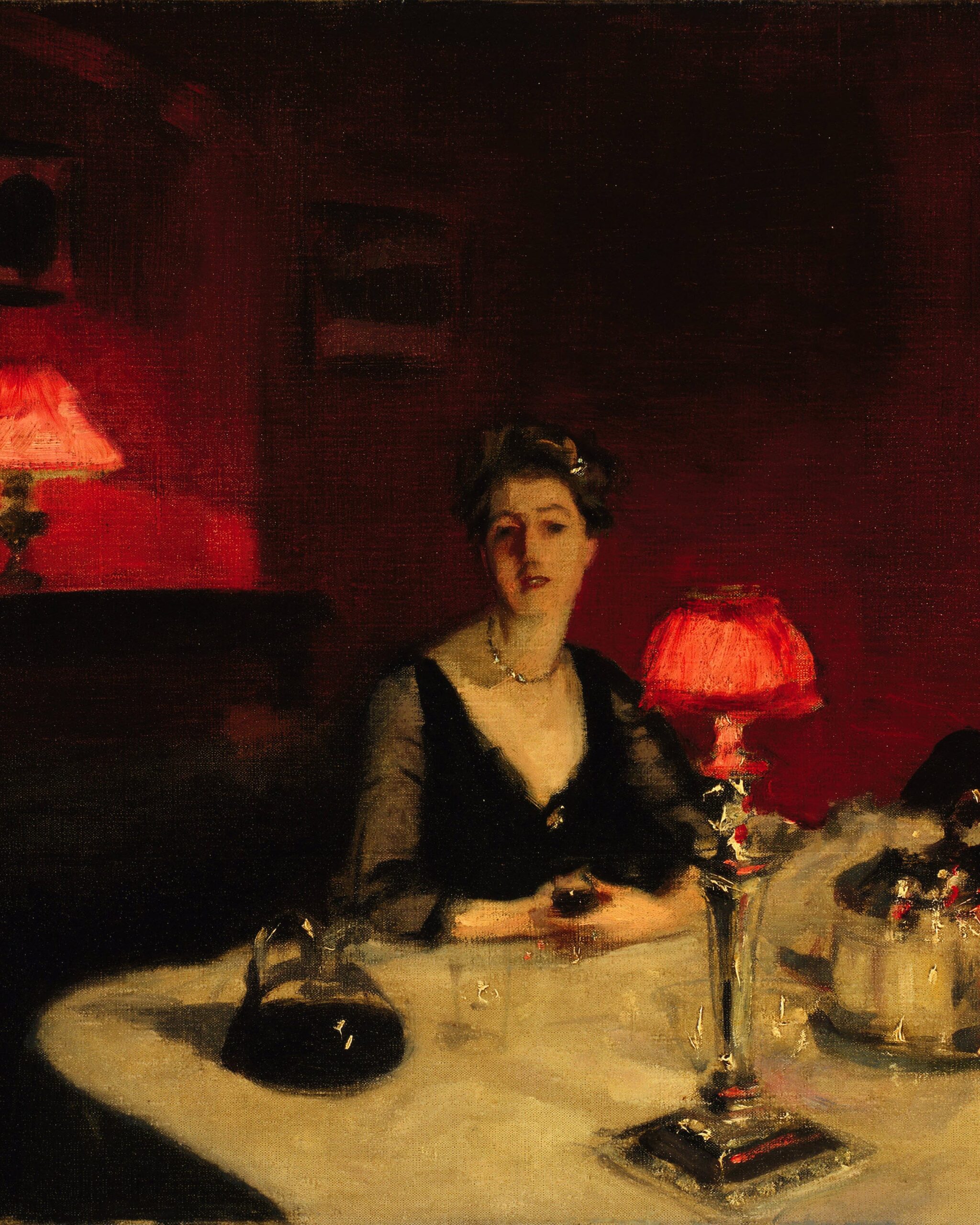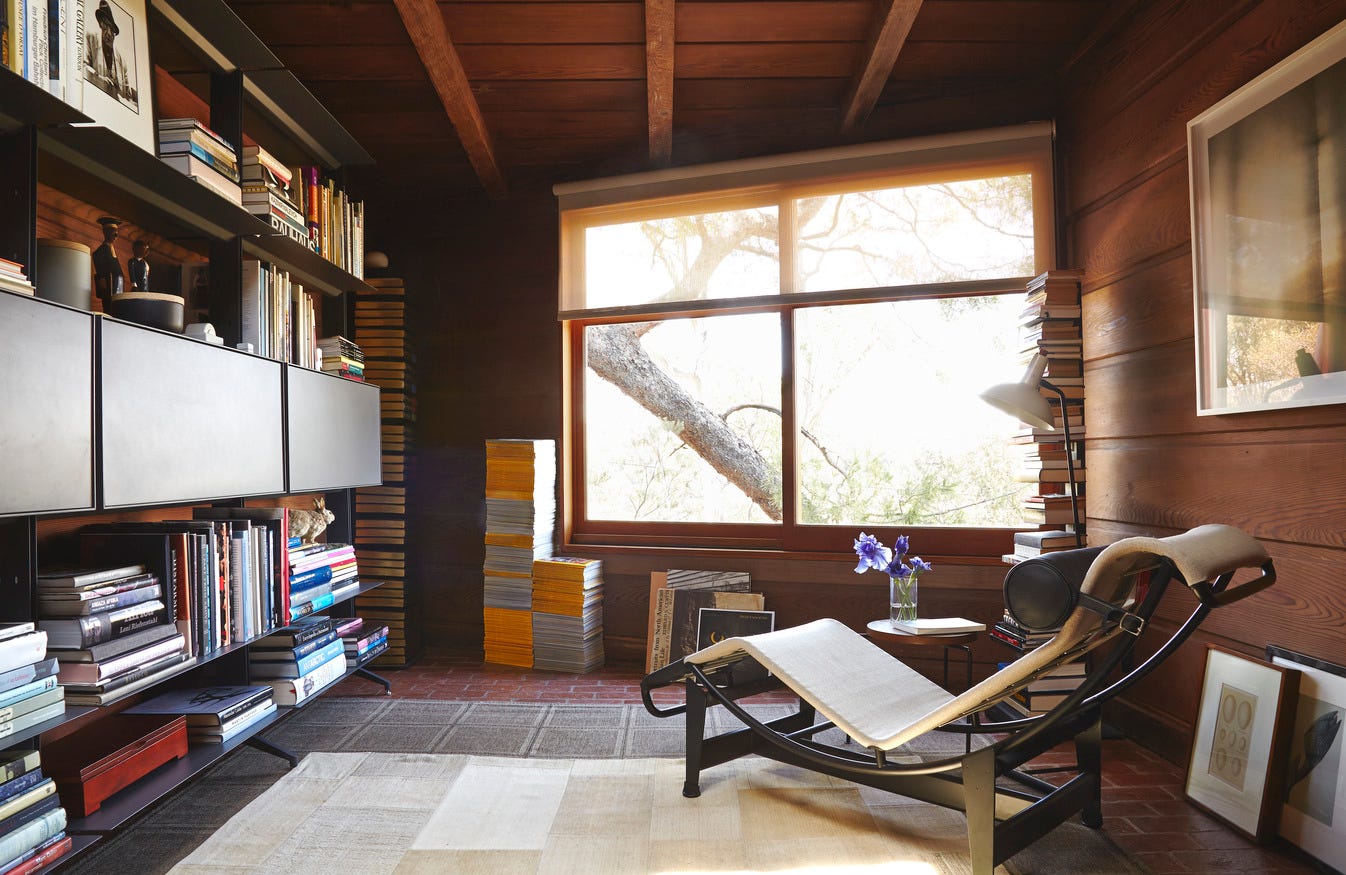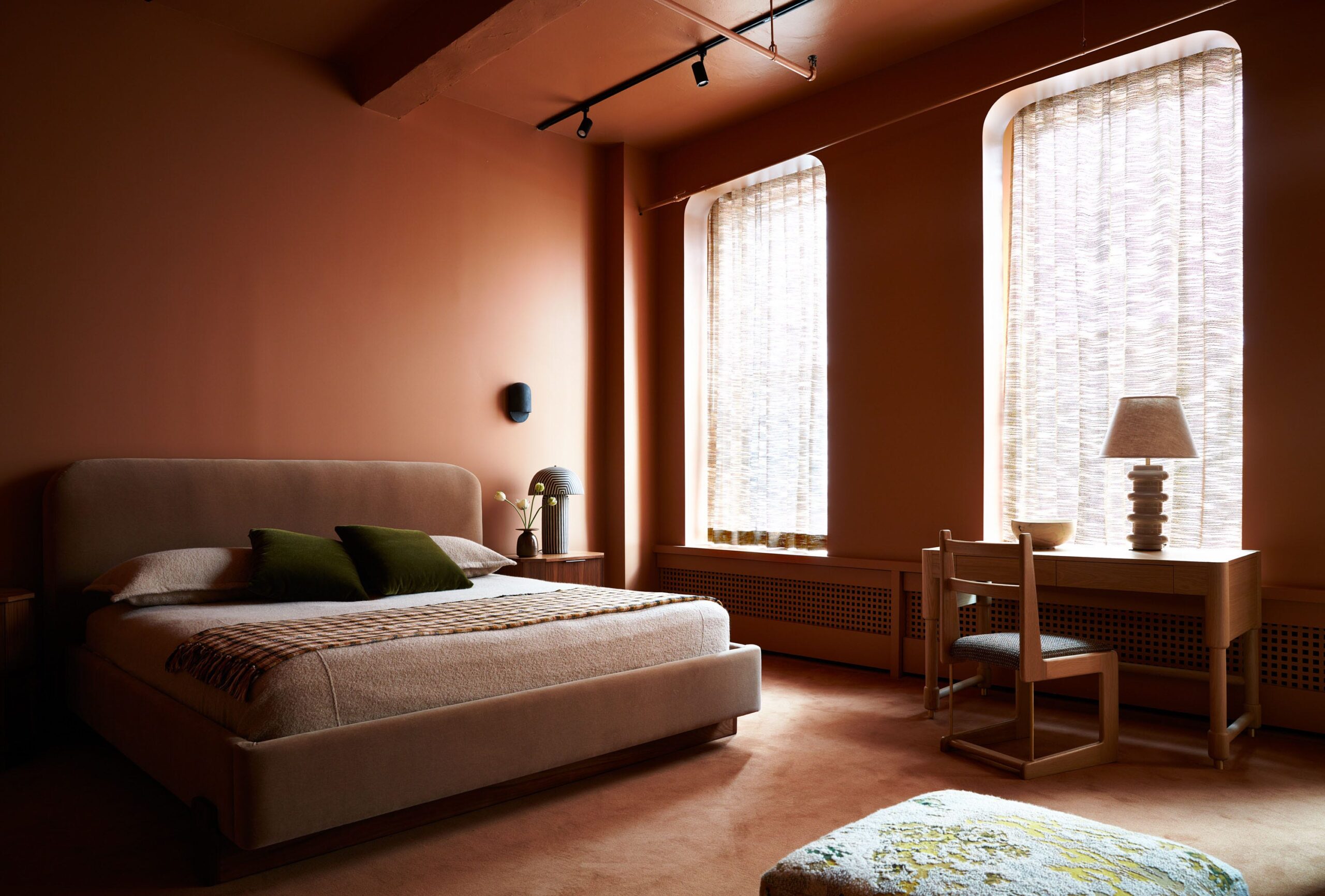Every portrait by John Singer Sargent is a character study, conveyed in energetic and sensuous brushstrokes and incorporating the artist’s masterful use of color, light, and shadow. But as an upcoming landmark exhibition of his early paintings, “Sargent and Paris” at the Metropolitan Museum of Art (April 27–August 3), shows, his settings were as important as his sitters. Covering the 10 years he spent in the French capital starting when he was 18, the show also explores the artist’s most experimental phase.
“This decade in Paris lays the groundwork for his professional career,” says the show’s curator, Stephanie Herdrich. “It’s the foundation of his future success.”
The show will include Sargent’s famous portrait of Madame Pierre Gautreau (Madame X to most), along with several preparatory sketches of that painting—with her infamous dress strap off the shoulder, rather than on. “The works of art from this period are some of the most intense, ambitious, and energetic of Sargent’s career,” says Herdrich.
Following the upheaval caused by Madame X’s unveiling at the Paris Salon, Sargent began to consciously explore the dichotomies between formal and informal, perception and reality, motion and stillness.
Shortly after that painting’s completion he undertook Le Verre de Porto (“The Glass of Port”), which depicts Edith and Albert Vickers after a long dinner. “He’s fascinated with light and rendering it,” Herdrich says, adding that Sargent was intent on “creating an atmosphere and a mood.” In the -Vickerses’ dining room, Sargent’s steady brushstrokes and use of color and shadow effectively communicate the languorous, sumptuous hours after dinner.
Elsewhere, visitors will see snapshots of quieter moments, unknown sitters, and architecture from his travels to the Netherlands, Spain, North Africa, and Italy. His compositions express the beauty of the natural world—wind, waves, smoke—alongside images that showcase the refinement of 19th-century domestic life.
In Madame Paul Escudier (otherwise known as Louise Lefevre), Sargent effectively communicates the way midwinter afternoon light wafts in through windows bedecked in white cotton and tasseled taffeta. The walls are a dusky plaster hung with a single ornament: an Italian Rococo shield-shaped mirror. In this painting Sargent’s hand seems more confident, less studied. His expert rendering of the texture on -Lefevre’s sumptuous velvet slipper chair suggests that she has just risen from it.
In Ramón Subercaseaux in a Gondola Sargent turns his gaze to a patron turned friend. “There is a camaraderie here that allows Sargent to be casual, informal, and experimental,” Herdrich says. Similarly relaxed is Young Man in Reverie, the subject of which rests suggestively against a whitewashed wall, his dark, tousled hair bursting with sensuality. It’s one of many moments from the Paris years that speak to a brilliant mind in mid-development, as Sargent articulated what could be revealed in a gaze, and which elements—light, materials, arrangements, actions—make a moment worth capturing.
This story originally appeared in the March 2025 issue of Elle Decor. SUBSCRIBE











